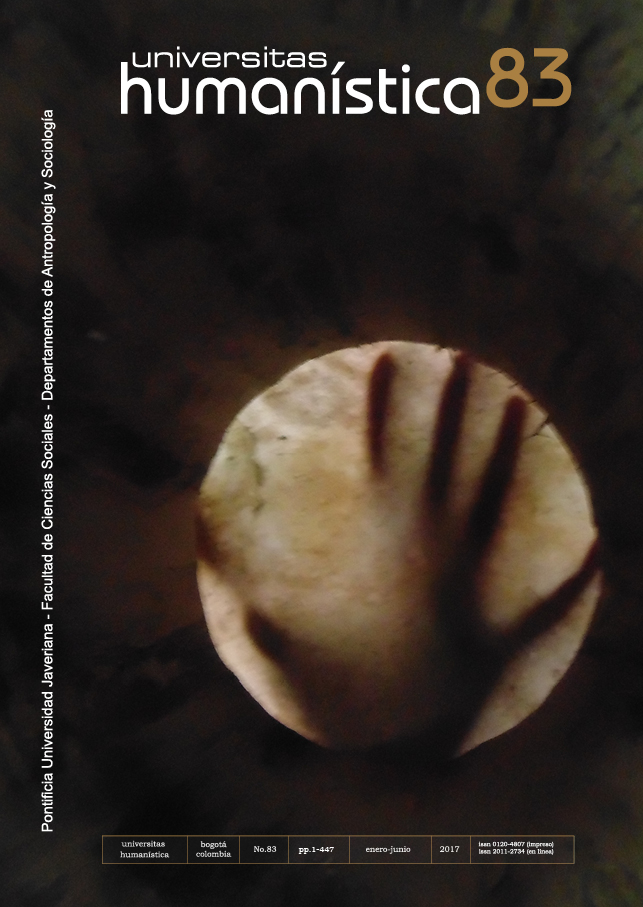Abstract
Closely related to the promotion of social innovation, the movement called “humanitarian design” seeks to address the problems of population in poverty from design processes that take into account their user’s environment. This paper problematizes this type of design, examining the exhibition Design for the Other 90% ―which toured several US cities between 2007 and 2009― from the links of humanitarian design with market-based approaches that perceive in poverty a growing niche for the economy. Through an analysis of this exhibition, we explore how nature, technology, and the bodies are represented to legitimize narratives on technology production and consumption in the global south. In turn, we reflect on how this exhibition appeals to lifestyles in the United States, articulated to forms of consumption and understandings on humanitarian aid.

This journal provides immediate open access to its content on the principle that making research freely available to the public, encourages greater global exchange of knowledge.
The journal Universitas Humanística is registered under a Creative Commons Attribution 4.0 International Public License. Thus, this work may be reproduced, distributed, and publicly shared in digital format, as long as the names of the authors and Pontificia Universidad Javeriana are acknowledged. Others are allowed to quote, adapt, transform, auto-archive, republish, and create based on this material, for any purpose (even commercial ones), provided the authorship is duly acknowledged, a link to the original work is provided, and it is specified if changes have been made. Pontificia Universidad Javeriana does not hold the rights of published works and the authors are solely responsible for the contents of their works; they keep the moral, intellectual, privacy, and publicity rights.
Approving the intervention of the work (review, copy-editing, translation, layout) and the following outreach, are granted through an use license and not through an assignment of rights. This means the journal and Pontificia Universidad Javeriana cannot be held responsible for any ethical malpractice by the authors. As a consequence of the protection granted by the use license, the journal is not required to publish recantations or modify information already published, unless the errata stems from the editorial management process. Publishing contents in this journal does not generate royalties for contributors.


